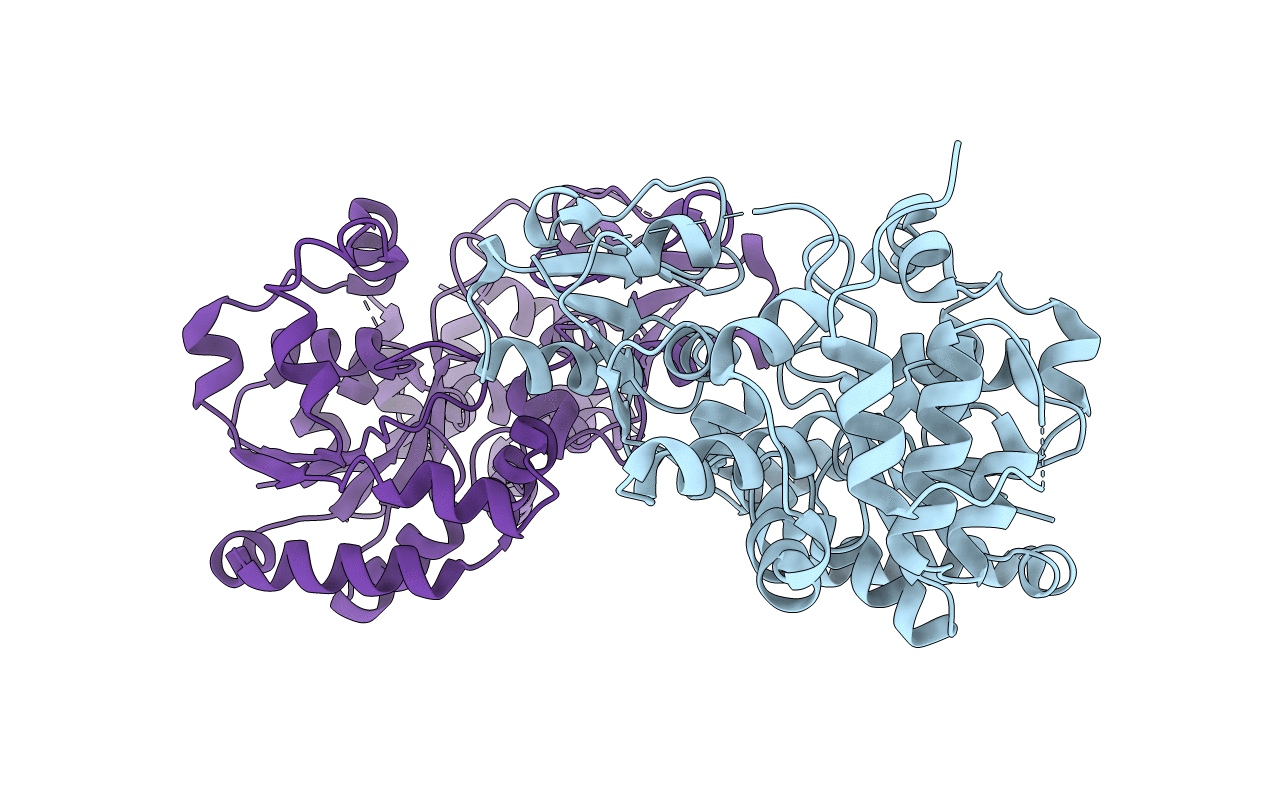
Deposition Date
2015-12-10
Release Date
2016-05-18
Last Version Date
2024-11-06
Entry Detail
PDB ID:
5FA0
Keywords:
Title:
The structure of the beta-3-deoxy-D-manno-oct-2-ulosonic acid transferase domain from WbbB
Biological Source:
Source Organism:
Raoultella terrigena (Taxon ID: 577)
Host Organism:
Method Details:
Experimental Method:
Resolution:
2.30 Å
R-Value Free:
0.22
R-Value Work:
0.18
R-Value Observed:
0.18
Space Group:
P 21 21 21


